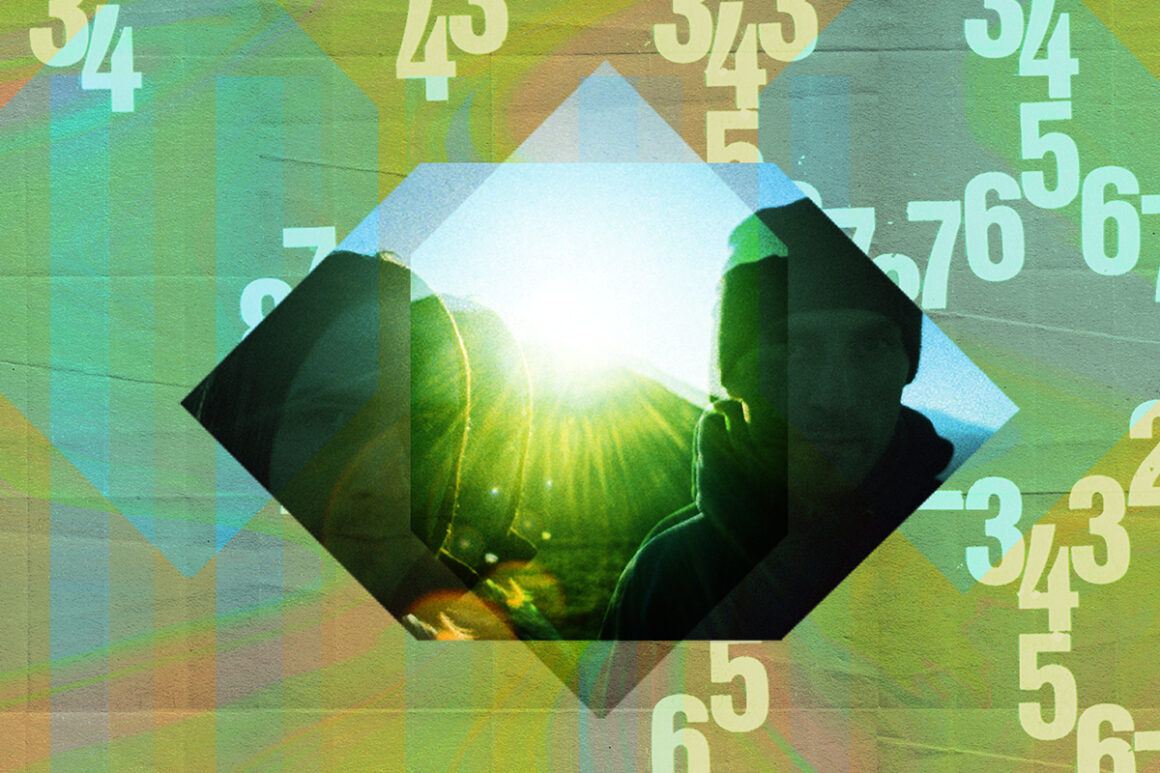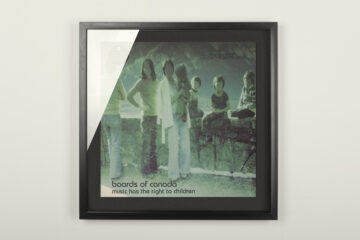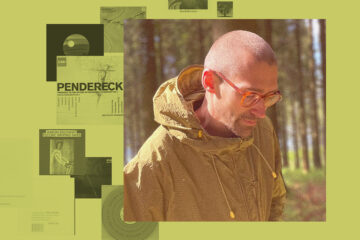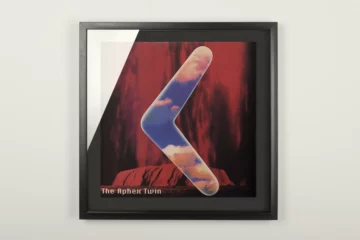Boards of Canada manage to remain a half-mystery even after almost 30 years. Biographical ambiguities aside, fans have been having fun for years finding all the Easter Eggs and sometimes irritating references that Boards of Canada obscure in a dreamy patina of nostalgia, dystopia, and post-futuristic glimmers of hope. The two producers and brothers Marcus Eoin and Michael Sandison frequently use mathematics to help them with their disguise.
The fascination for mathematical patterns and especially numerology follows Boards of Canada quite fundamentally. As Eoin explained in an interview with the NME in 2002, for them mathematics and patterns form the foundation for everything. And even though both clarified that they compose their music much more naturally (and less according to strict mathematical models) than some might think, numerical games and mathematical patterns have been an integral part of their creative world since 1994. The following examples only represent a small section of this.
The Smallest Weird Number
Boards of Canadas own label, on which their first tapes appeared in 1994, is called Music70. The number 70 is considered the smallest weird number. This obscure number category defines natural numbers whose divisors (for 70, these are 1, 2, 5, 7, 10, 14, 35) add up to a sum greater than the weird number. Moreover, no matter which of the divisors of 70 are added together, not even a partial sum adds up to seventy. In some languages, especially those with vigesimal number systems, there is also no specific word for the number 70.
In French, for example, the number is pronounced as »sixty-ten« (soixante-dix), which is picked up repeatedly in Boards of Canadas music in the form of voice samples and titles. The track with the programmatic title »The Smallest Weird Number« from the album »Geogaddi« runs 87 seconds, but the melody is abruptly sent into the echo chamber after exactly 70 seconds.
Another number that is found throughout Boards of Canada work is the number 6, often in combination with 9 as 69, two sixes rotating around each other. The 6 is not only of special importance in religions and mythologies. It is also unique in mathematics. It is the only number whose sum (1+2+3) is equal to its product (1x2x3). A special geometric shape resulting from the number 6 is the hexagon, which graces not only song titles and the artwork at Boards of Canada. Their studio also carries the ominous name Hexagon Sun.
The Devil Is in the Details
With exception of the (relatively) naturalistic album »The Campfire Headphase« from 2005, Boards of Canada have been fond of hiding small Easter Eggs in their works. Their 2002 album »Geogaddi« was so littered with references to various occult movements that some good Christians even denounced it as the devil’s work. Not only are there various, mostly heavily distorted voice samples on the album that refer to a horned god or The Branch Davidians sect.
The CD album also comes to a running time of 66:06 minutes and as mp3 encoded results in a whole 666 MB, the number of the devil. Presumably, Boards of Canada put the last track »The Magic Window« on the album just for this prank. The track consists of 112 seconds of silence but is essential to reach the running time of the album. In addition, »Geogaddi« thus comes to exactly 23 tracks, a sacred number for any occultist who wants to be taken seriously.
Boards of Canada also employed various mathematical references and models on a structural and compositional level, influencing the microcosm of melodic direction as much as the macrocosm of the album.
The song »1969« included on the album comes with a whole package of cross-references and Easter Eggs. Apart from having the right numbers, 1969 is the year of the infamous Charles Manson murders, but also of the massive use of CS gas at the Bloody Thursday events in the USA. This gas was also used in 1993 during the Waco siege, in which the apocalyptic sect The Branch Davidians was »disbanded« by the FBI, whose followers give testimonial several times in the song. The end of the sect is dated the 19.4. The song »1969« is exactly 4 minutes and 19 seconds long. Evil to him who evil thinks.
The Golden Ratio of Music
Boards of Canada also employed various mathematical references and models on a structural and compositional level, influencing the microcosm of melodic direction as much as the macrocosm of the album. Repeatedly, they used the Fibonacci pattern to write melody, such as in »Color of Fire« and »The Devil Is in the Details«.
The sequence of numbers is closely related to the Golden Ratio (1.618), which Boards of Canada sometimes applied to their entire albums with minute details. On their album 1998 »Music Has the Right to Children« after 43:46 minutes (ratio 1:1.618 to the total length of the album) a female voice inserts the color word »Orange« into her lengthy recital of numbers. On the follow-up album »Geogaddi« the color word »Yellow« appears at the same point (after 38:19 minutes).
In The Hall of Mirrors
With preference Boards of Canada also used palindromes – structures that are identical forwards and backwards. These mirror-image compositions have led to »Geogaddi« working well even when played backwards. There are several pieces on the album that follow a palindrome, such as »Music Is Math« »Over the Horizon Radar«, and »Corsair«. And on the track »A Is To B As B Is To C« (which itself refers to the Golden Ratio), also included on »Geogaddi«, Boards of Canada create probably the strangest and most spooky sample arrangement, when the voice sample »All we love you« played backwards becomes an undistorted »We love you all«.
With their last album »Tomorrow’s Harvest« from 2013, Eoin and Sandison even spread this hall of mirrors aesthetic over album length. Not only is the central piece »Collapse« a palindrome. From its center, the rest of the album is also mirrored forwards and backwards. Thus, the penultimate track »Come to Dust« is a reprise of the second track »Reach for the Dead«. Overall, the album mirrors the back-and-forth oscillating process of destruction and re-creation, from which in turn emerges the next cycle of destruction.
The album’s final track is appropriately titled »Semena Mertvykh« (Russian for »Seeds of the Dead«). In an interview with The Guardian, Boards of Canada stated that »Tomorrow’s Harvest« has the highest density of subliminal to date. So far, the majority of these are still waiting to be pulled into the light of day.













